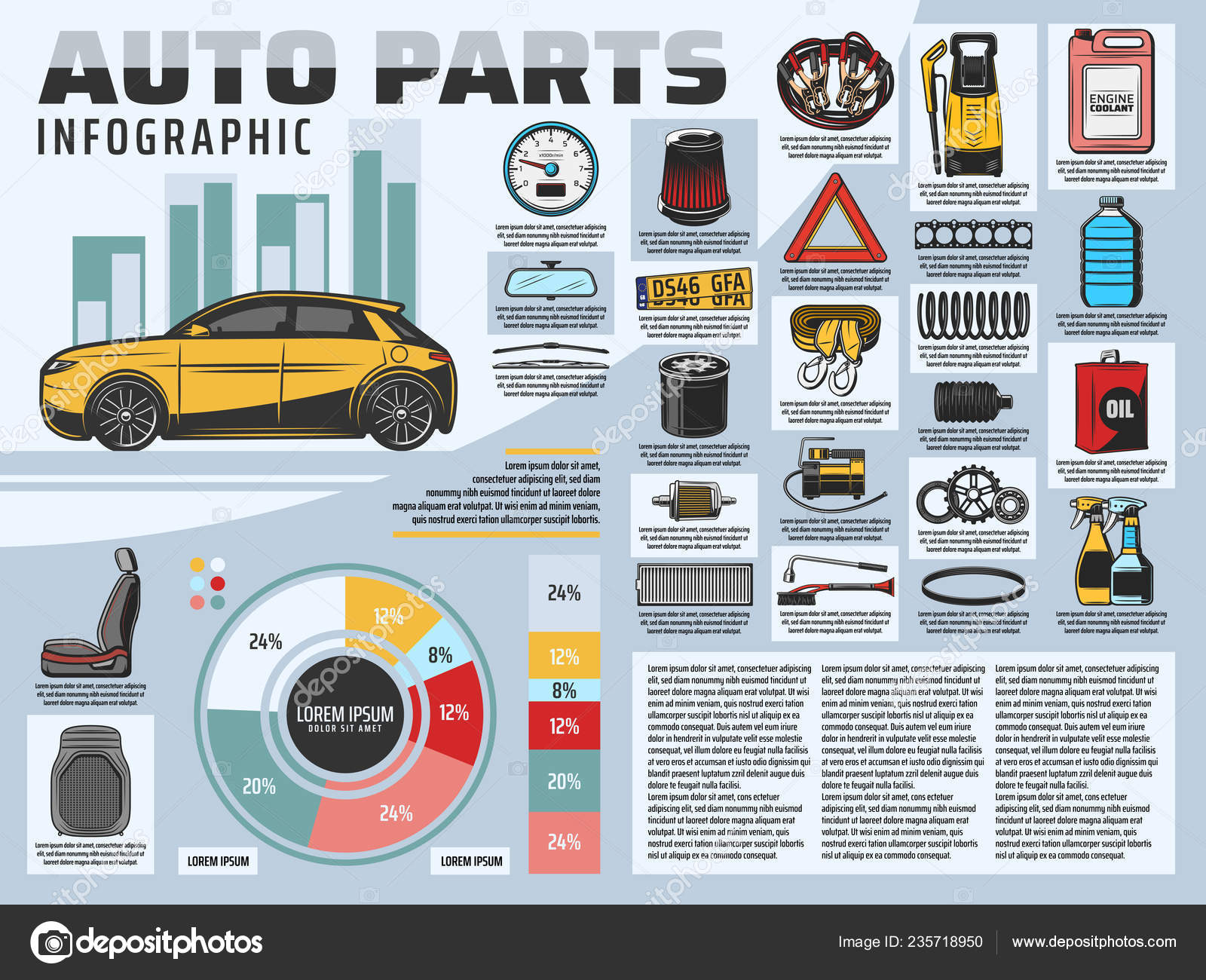An Introductory Overview To Decoding Your Car'S Warning Indicators
An Introductory Overview To Decoding Your Car'S Warning Indicators
Blog Article
Developed By-Fenger Emery
When you're behind the wheel, those little caution lights on your auto's control panel can be fairly complicated. What do they mean, and should you be worried? Understanding these signals is important for your lorry's wellness, yet it doesn't have to be an overwhelming job. By translating the enigma behind each light, you'll be geared up to take care of prospective issues effectively and keep your automobile running smoothly. So, next time a caution light flashes, do not panic - arm yourself with knowledge and take control of the circumstance.
Importance of Automobile Warning Lights
Recognizing the value of your car's warning lights is vital for maintaining your car's health and wellness. These lights act as your auto's interaction system, notifying you to possible problems that can threaten your security on the road or cause costly repair work if ignored. By focusing on these warnings, you can resolve issues early and protect against further damage to your automobile.
Neglecting warning lights can result in major effects, such as engine failing, brake malfunctions, and even crashes. These lights are designed to alert you of concerns varying from low tire pressure to engine malfunctions, providing you the possibility to act before the scenario aggravates. Routinely checking and understanding these warnings can save you time, cash, and guarantee your safety and security while driving.
Along with maintaining you safe, reacting quickly to advising lights can also aid lengthen the lifespan of your car. By resolving issues beforehand, you can avoid little problems from escalating right into major fixings, inevitably conserving you time and money in the future. Remember, ac for car repair warning lights are there for a factor - don't ignore them!
Common Caution Lighting and Meanings
When it pertains to driving your auto, recognizing common caution lights and their meanings is important for your safety and security and lorry upkeep. Here are Read the Full Guide might run into:
1. ** Inspect Engine Light **: This light shows an issue with your engine. It could be something small like a loose gas cap or something much more major like engine misfiring.
2. ** Battery Light **: This light signals a trouble with your vehicle's charging system. It could suggest a defective battery, generator, or other related elements.
3. ** Oil Stress Light **: When this light comes on, it indicates your engine may be running low on oil or experiencing reduced oil pressure, which can result in engine damage otherwise attended to promptly.
4. ** Brake System Light **: This light suggests a concern with your stopping system. It could suggest reduced brake liquid degrees or an issue with the brake system that needs immediate interest.
Understanding ac in car repair will aid you recognize prospective concerns early and stop more substantial troubles in the future.
Exactly how to React To Warning Lights
On the occasion that a caution light brightens on your car's dashboard, it's crucial to react quickly and suitably. When a warning light comes on, the primary step is to consult your owner's guidebook to recognize the certain issue suggested by the light.
Some lights need prompt interest, while others might indicate a less urgent matter. If the warning light is red or blinking, it's commonly an indication of a severe issue that requires instant activity. In such instances, it's suggested to pull over securely, turn off the engine, and look for professional assistance.
For yellow or orange caution lights, while they might not call for immediate attention, it's still important to attend to the underlying concern promptly to avoid further damages. Normal maintenance and inspection can help avoid cautioning lights from coming on all of a sudden.
Conclusion
In conclusion, understanding your cars and truck's warning lights is important for preserving your automobile's health and safety. By routinely examining and responding to these warnings, you can deal with potential problems early and stop costly repair services or security risks. Remember to consult your owner's guidebook for details on different caution lights and always take instant action for red or blinking lights. Remain proactive and keep your auto running efficiently!
